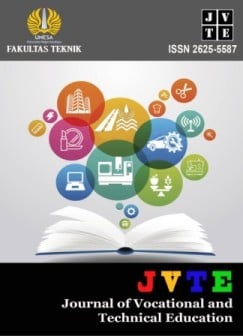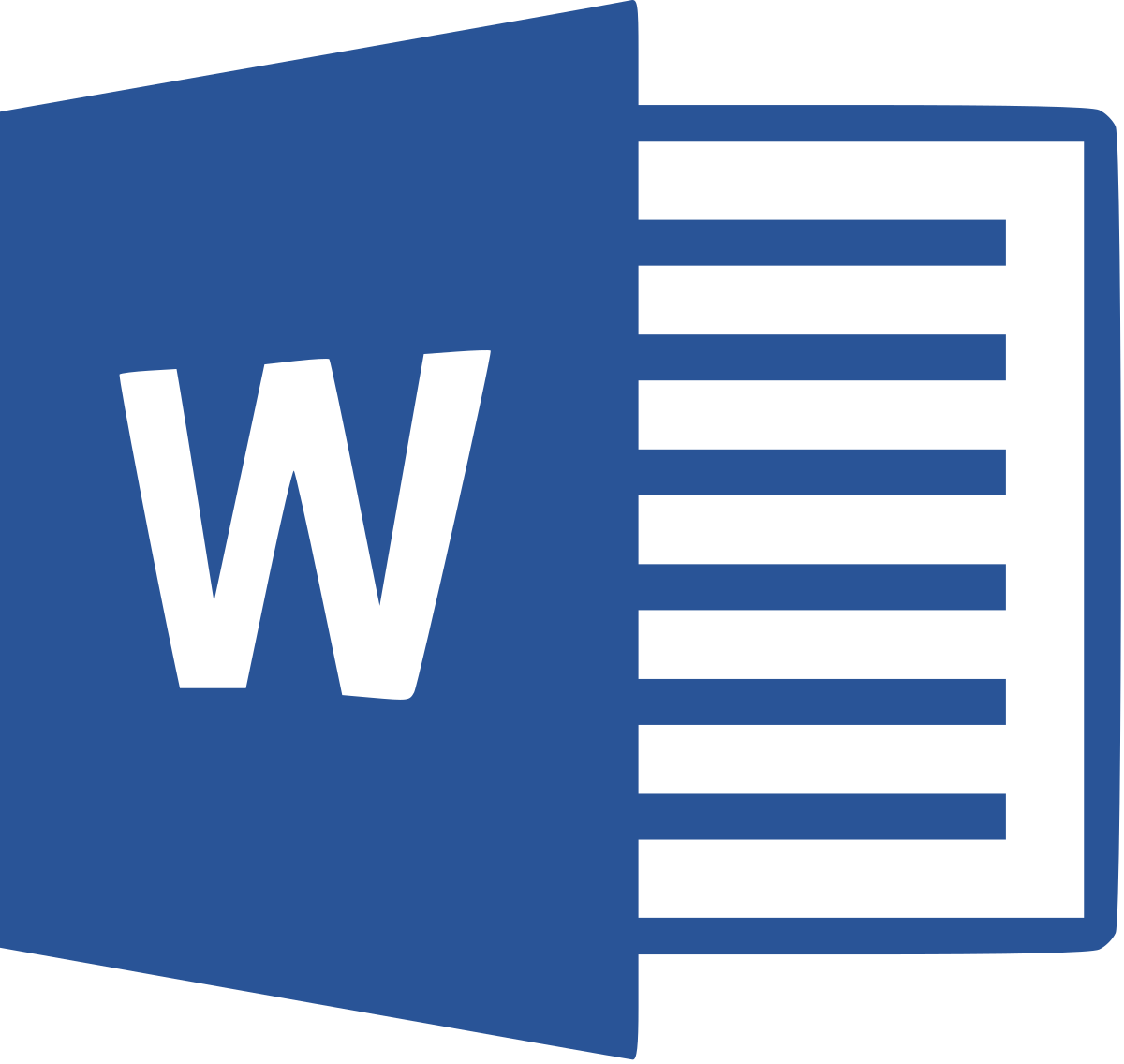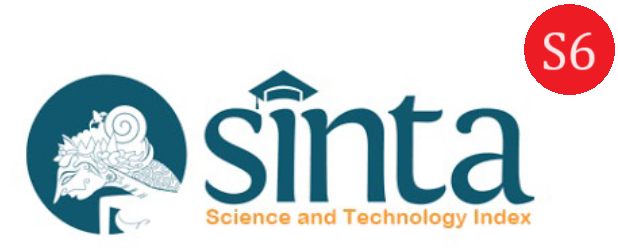PENGEMBANGAN BUKU TEORI BELAJAR UNTUK MAHASISWA S1 PENDIDIKAN TEKNIK BANGUNAN
DOI:
https://doi.org/10.26740/jvte.v6n2.p108-117Abstract
Tujuan dari penelitian ini digunakan untuk: (1) mengetahui kelayakan materi dari buku ajar mata kuliah teori belajar, (2) mengetahui ada atau tidaknya peningkatan hasil belajar mahasiswa setelah diberikan buku ajar hasil pengembangan dalam perkuliahan, dan (3) mengetahui respon mahasiswa terhadap buku ajar mata kuliah teori belajar. Metode penelitian yang digunakan R&D . Penelitian yang dilakukan sampai dengan tahap develop (pengembangan). Penelitian ini dilaksanakan pada mahasiswa S1 Pendidikan Teknik Bangunan pada Fakultas Teknik di Universitas Negeri Surabaya. Untuk menilai kelayakan materi dilakukan validasi oleh dua ahli materi. Untuk mengetahui respon mahasiswa, dilakukan uji coba I pada 35 mahasiswa dan untuk ujicoba II pada 65 mahasiswa. Teknik pengumpulan data dalam penelitian ini menggunakan instrumen validasi, tes hasil belajar, dan angket. Teknik analisis data yang digunakan untuk penelitian ini dilakukan secara deskriptif kuantitatif. Buku ajar teori belajar pada penelitian ini dinilai layak minimal jika mendapatkan skor nilai rata-rata dengan kategori “Baik”. Hasil penelitian menunjukkan: (1) buku ajar teori belajar dinyatakan layak sehingga dapat dipergunakan sebagai bahan ajar dengan skor nilai rata-rata oleh ahli materi sebesar 81,82% dan termasuk dalam kategori “Baik”, (2) Hasil belajar mahasiswa setelah diberikan pembelajaran dengan buku ajar yang dikembangkan menunjukkan bahwa lebih besar > 70, dan (3) respon positif mahasiswa sebesar 85,39% sehingga kelayakan buku ajar yang hasil dari pengembangan termasuk ke dalam kategori “Baik”. Buku ajar ini telah dapat digunakan sebagai buku ajar pada pembelajaran teori belajar untuk mahasiswa S1 pendidikan teknik bangunan.
Kata Kunci: Buku ajar, Pendidikan Teknik Bangunan, Pengembangan.
The purpose of this study was used to: (1) determine the feasibility of the material from the textbook of the learning theory course, (2) determine whether or not there was an increase in student learning outcomes after being given a textbook developed in lectures, and (3) determine the student response to the textbook of the learning theory course. The research method used was R&D. The research was conducted up to the development stage. This study was conducted on undergraduate students of Building Engineering Education at the Faculty of Engineering at the State University of Surabaya. To assess the feasibility of the material, validation was carried out by two material experts. To determine the student response, trial I was conducted on 35 students and trial II on 65 students. The data collection technique in this study used validation instruments, learning outcome tests, and questionnaires. The data analysis technique used for this study was carried out descriptively quantitatively. The learning theory textbook in this study was considered feasible at least if it got an average score with the category "Good". The results of the study showed: (1) the learning theory textbook was declared feasible so that it can be used as teaching material with an average score by material experts of 81.82% and is included in the "Good" category, (2) The learning outcomes of students after being given learning with the developed textbook showed that it was greater than 70, and (3) the positive response of students was 85.39% so that the feasibility of the textbook resulting from the development was included in the "Good" category. This textbook can be used as a textbook in learning learning theory for undergraduate students of building engineering education.
Keywords: Textbook, Building Engineering Education, Development.
References
Susanto, H., Prawitasari, M., Akmal, H., Syurbakti, M. M., & Fathurrahman, F. (2023). Efektivitas Penggunaan Buku Ajar Mata Kuliah Media Pembelajaran Sejarah. Jurnal PIPSI (Jurnal Pendidikan IPS Indonesia), 8(1), 1. https://doi.org/10.26737/jpipsi.v8i1.3112
Downloads
Published
How to Cite
Issue
Section
License

This work is licensed under a Creative Commons Attribution-NonCommercial-ShareAlike 4.0 International License.
 Abstract views: 176
,
Abstract views: 176
, PDF Downloads: 116
PDF Downloads: 116






